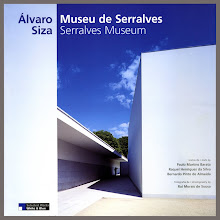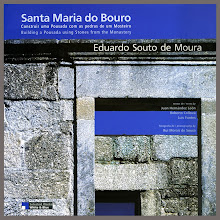...
Rollei introduced the Rolleiflex T (type 1) in 1958. It is the traditional 6x6 Twin Lens Reflex design, so commonly associated with the Rollei brand. This model was in production until 1976 (type 3).
As the name suggests, it was equipped with a 75mm f/3.5 Carl Zeiss Tessar lens as a taking lens.
Finder lens was a 75mm f/2.8 Heidosmat.
Bayonet size 1, for hood and filters.
Shutter speeds and aperture values were controlled by a lever rather than by the wheels you could find on the other Rollei models of the period.
The price was set between the more expensive Planar models and the Rolleicords, that had either a Carl Zeiss Triotar taking lens, or a Schneider Xenar.
Some T's could accept the device called Rolleikin, which allowed the use of 35mm film with this camera.
In 1985 I bought a Type 1 on the used market, I don't exactly remember when or where. Most probably in Germany.The photographs you see bellow are from the first and second rolls I ever took with that camera! Yes, I had never put a roll of film through it before.Enjoy...
All photographs taken on the 3th of September 1985, in a spanish small town called El Burgo de Osma.
These images were scanned directly from the Tri-X negatives, developed in D-76, diluted 1+1.
I still keep on having difficulties with scanning! I have no doubt that I could get better tones in my wet darkroom, using my cold-light Zone VI enlarger.









When I lived in Germany, every year I would travell to Portugal, if possible more than once a year. I always travelled by car, as the trip was a big part of the fun. I would very often choose the smallest roads I could find in the map, if I was using a map at all. Only the way back used to be more on a kind of rush, driving endless hours without stop.
The back sit was full with the kids and the dog.
In 1985 it was only two kids and one dog, later on a third kid also took place in there.
Than one year the lady-dog decided to procreate just before the holidays, so we also had to bring the five puppys along... They were just too small...
You can imagine us counting puppys everytime we stopped to take a break. Some just liked to hide under the sit, so we were never sure if one had stayed outside, still taking a pee...
Somehow we managed to get all of them back home...
Although I tried often to change the route, to avoid boredom and learn new places, every now and then we came across El Burgo de Osma. Not a very beautiful place, but photogenic in a way. At least photogenic enough to be a reason to stop for a while and stretch our legs...
On this particular time I must have been a little anxious to try my "new" Rolleiflex!
I already used Hasselblad cameras, and even had owned a Mamiya C330 for a short time, some years before.
But I never had used the famous Rollei TLR. I thought that it's wonderful silent shutter must be great to shoot some street photography.
Well, I guess I was right!
Please allow me to dedicate this post to
Mr. Fritz Henle (1909-1993), the great "Mr. Rollei".
I was lucky enough to meet him shortly, when he had an exhibition in Amerika Haus, in Heidelberg, Germany. I also had one there, don't remember if before or after his one...
Later on we still changed a couple of letters, and I wish I could have visited him in St. Croix in the Virgin Islands where he lived.
I have the consolation of looking at his photographs on the fine book I own published by Edition Braus Heidelberg 1994, edited by
Museum für Kunst und Kulturgeschichte der Stadt Dortmund.
Mr. Henle was born in Dortmund, Germany, but went to the USA in 1936. He worked for such magazines as Life, Mademoiselle, Holiday and Harper's Bazaar.
I very much admire his very fine classically composed black-and-white photographs.
On our short encounter I could see that he was a true artist and gentleman.
Let my humble images pay him some tribute.
...






















+copy.jpg)
+copy.jpg)
+copy.jpg)
+copy.jpg)
+copy.jpg)
+copy.jpg)